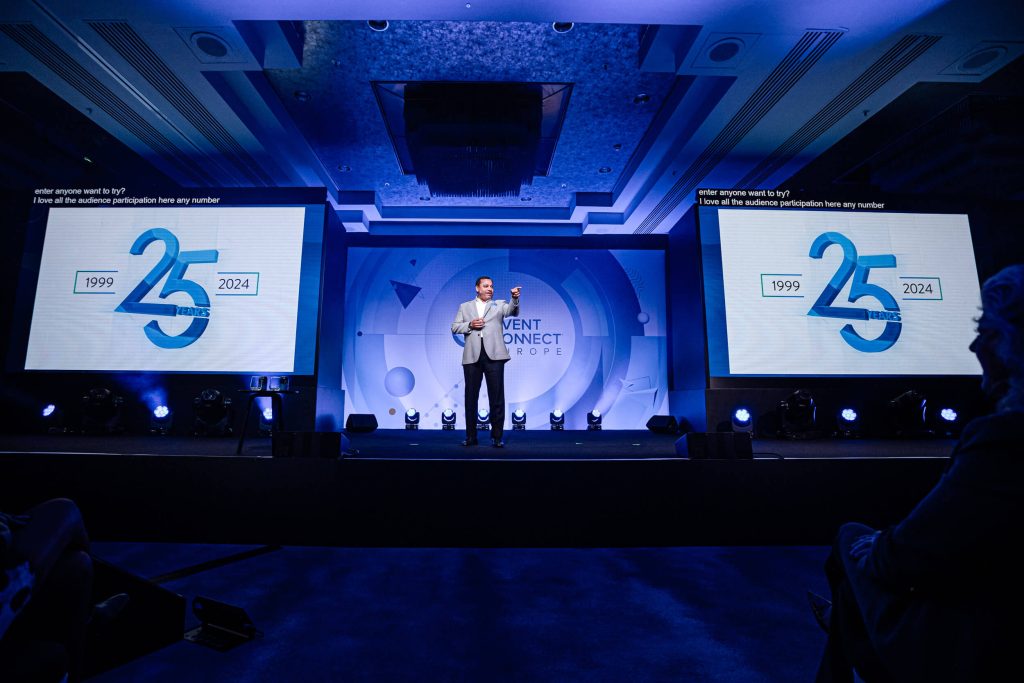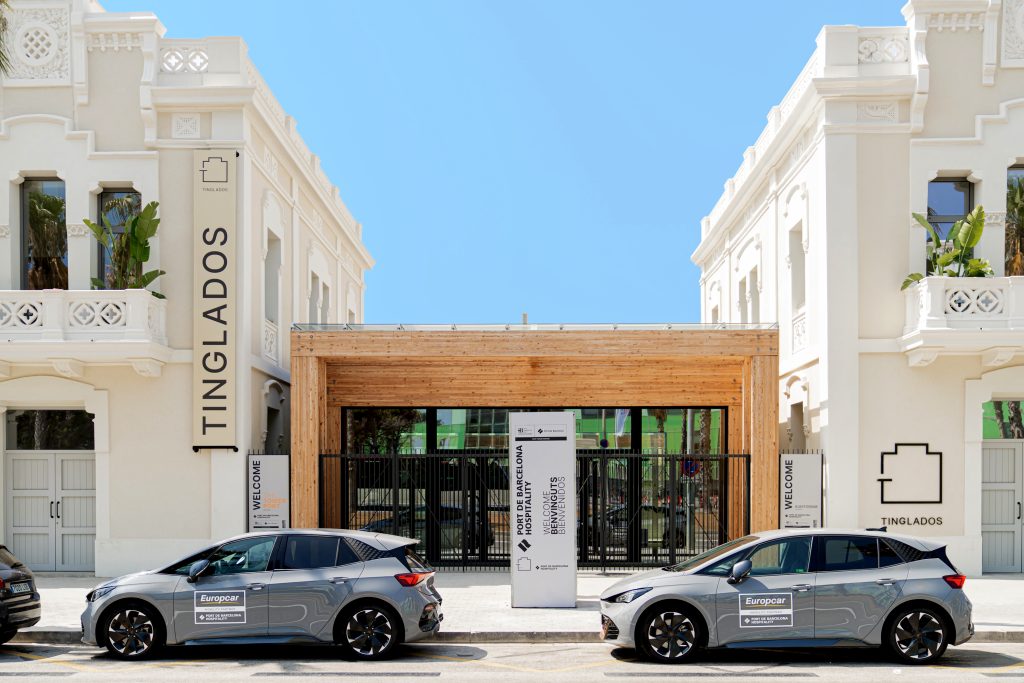Technological innovations at the Olympics

Share news
Listen
Advances in broadcasting to take the Olympic experience to the next level. AI has played a key role in this regard, facilitating a more immersive and personalized viewing experience:
- Automatic angle selection and real-time editing: AI enabled the automatic selection of the best camera angles and real-time editing, improving the quality of broadcasts and allowing viewers to enjoy the highlights instantly. There is no doubt that the realization of your events in a few years will be partially automated or facilitated by technology.
- Personalized Highlights: Fans were able to personalize their experience with automated highlights focused on their favorite sports and athletes, providing a tailored viewing experience.
- 8K and 360° broadcastingº: For the first time in Games history, live broadcasts were offered in 8K, providing exceptional image quality. In addition, experiments with 16K broadcasts were carried out at some competitions, using the 5G network. Spectators were able to enjoy 360-degree views and switch between different camera angles in real time, fully immersing themselves in the action
The metaverse has been one of the biggest innovations of Paris 2024 in terms of spectator experience, offering the possibility to virtually “attend” competitions from digital environments designed for this purpose. This immersive experience allowed fans to walk alongside athletes or take part in activities within the Metaverse, combining virtual and augmented reality to create a new form of sporting interaction.
Paris 2024 has also committed to inclusion and accessibility, and has introduced innovative technologies to facilitate the participation of people with visual impairments:
- Vision Pad: This touch-sensitive device for visually impaired people uses a moving magnetic ball to simulate the movement of a ball on a field or court. In this way, users were able to follow the development of the game in real time.
- AI-powered indoor navigation: AI enabled visually impaired people to navigate indoors using a mobile app. Using LiDAR devices to create a digital model of the physical space, this technology guided users through busy buildings, making it easier to navigate.
The integration of social media with broadcasts allowed viewers to interact with events in real time. The way the Olympics are consumed has changed, with social media and streaming platforms becoming a complement and sometimes the only way to see what is going on at the Olympics. To this end, this year’s IOC has intensified its presence on these platforms, where viewers were able to participate in surveys, contests and watch exclusive interviews, creating a more participatory and dynamic experience and accessing on-demand and personalized content. In addition, given that 64% of the content of the Tokyo Olympics was consumed through social media, the IOC has implemented an artificial intelligence system to monitor and mitigate cyberbullying directed at athletes and officials on social media.
Using technologies to simplify logistics. Organizing an event of this magnitude requires advanced logistics, and Paris 2024 has simplified these processes through the use of management software and IoT (Internet of Things) solutions. This technology enabled the introduction of the first “Smart Stadiums”, equipped with networks of sensors and IoT devices that provide real-time data on traffic, transport, pollution and weather. 5G infrastructure enabled the fast and reliable transmission of the data collected. In addition, the stadiums feature more than 12,000 connected screens, 8,000 Wi-Fi terminals and 13,000 computers, all linked by more than 400,000 km of optical fiber.
Organizing an event of this magnitude requires advanced logistics, and Paris 2024 has simplified these processes through the use of management software and IoT (Internet of Things) solutions. This technology enabled the introduction of the first “Smart Stadiums”, equipped with networks of sensors and IoT devices that provide real-time data on traffic, transport, pollution and weather. 5G infrastructure enabled the fast and reliable transmission of the data collected. In addition, the stadiums feature more than 12,000 connected screens, 8,000 Wi-Fi terminals and 13,000 computers, all linked by more than 400,000 km of optical fiber.










